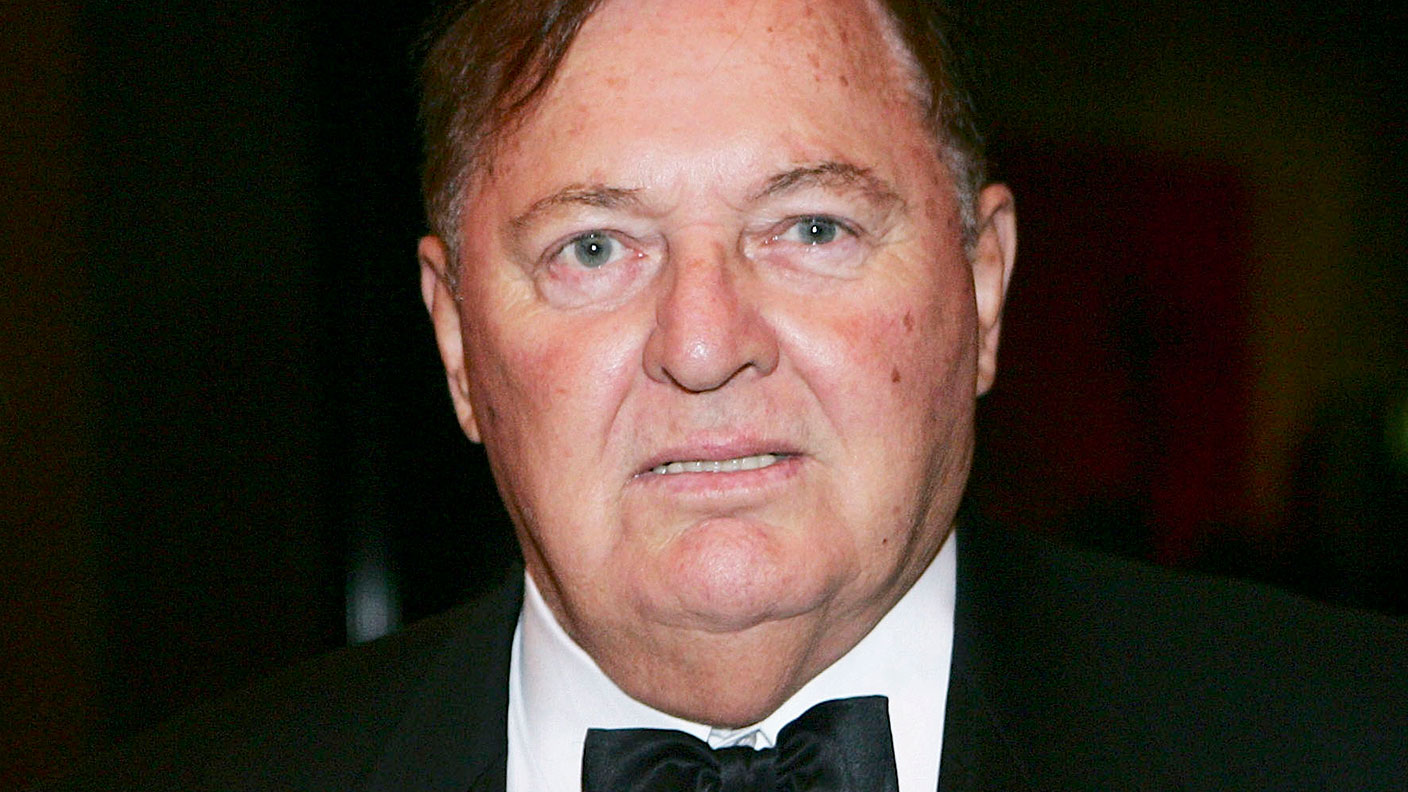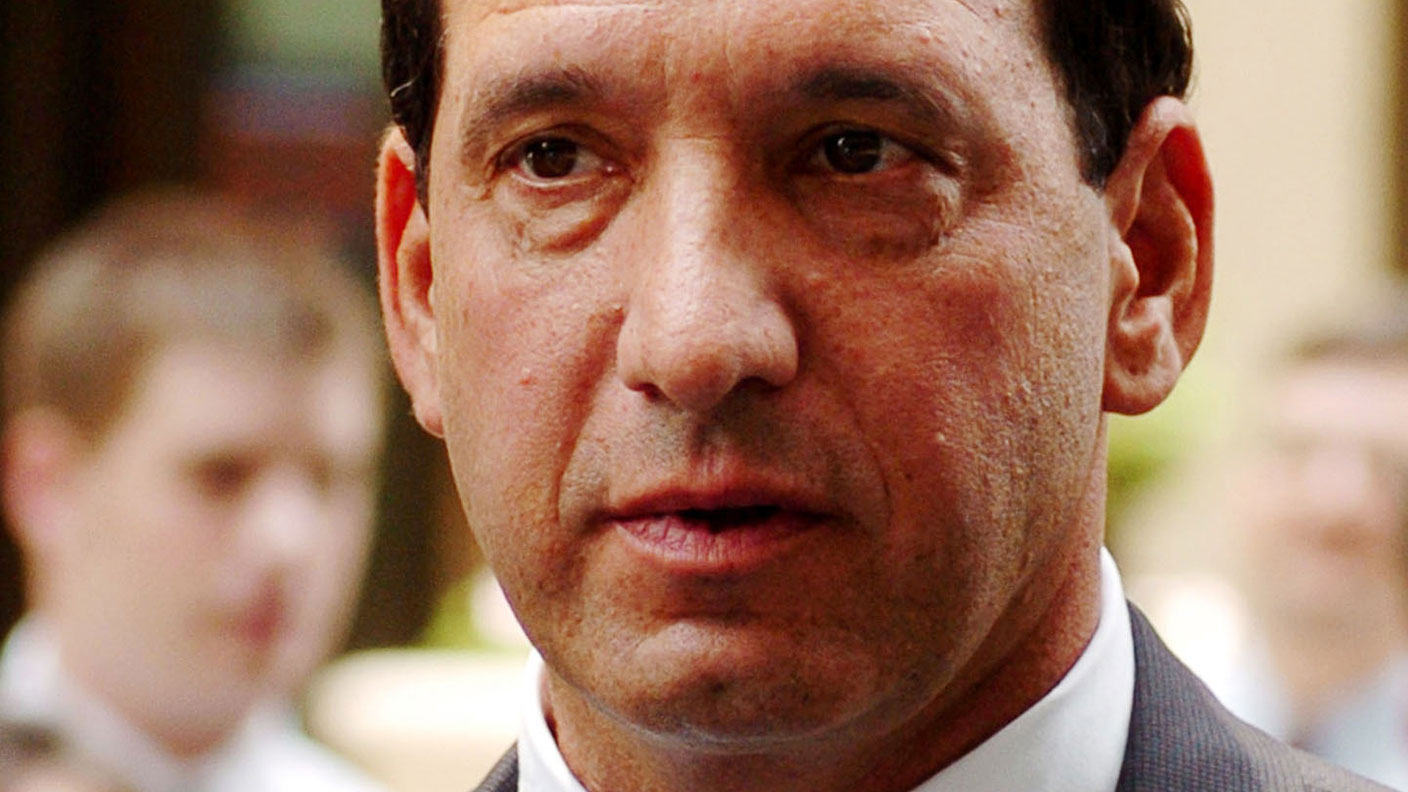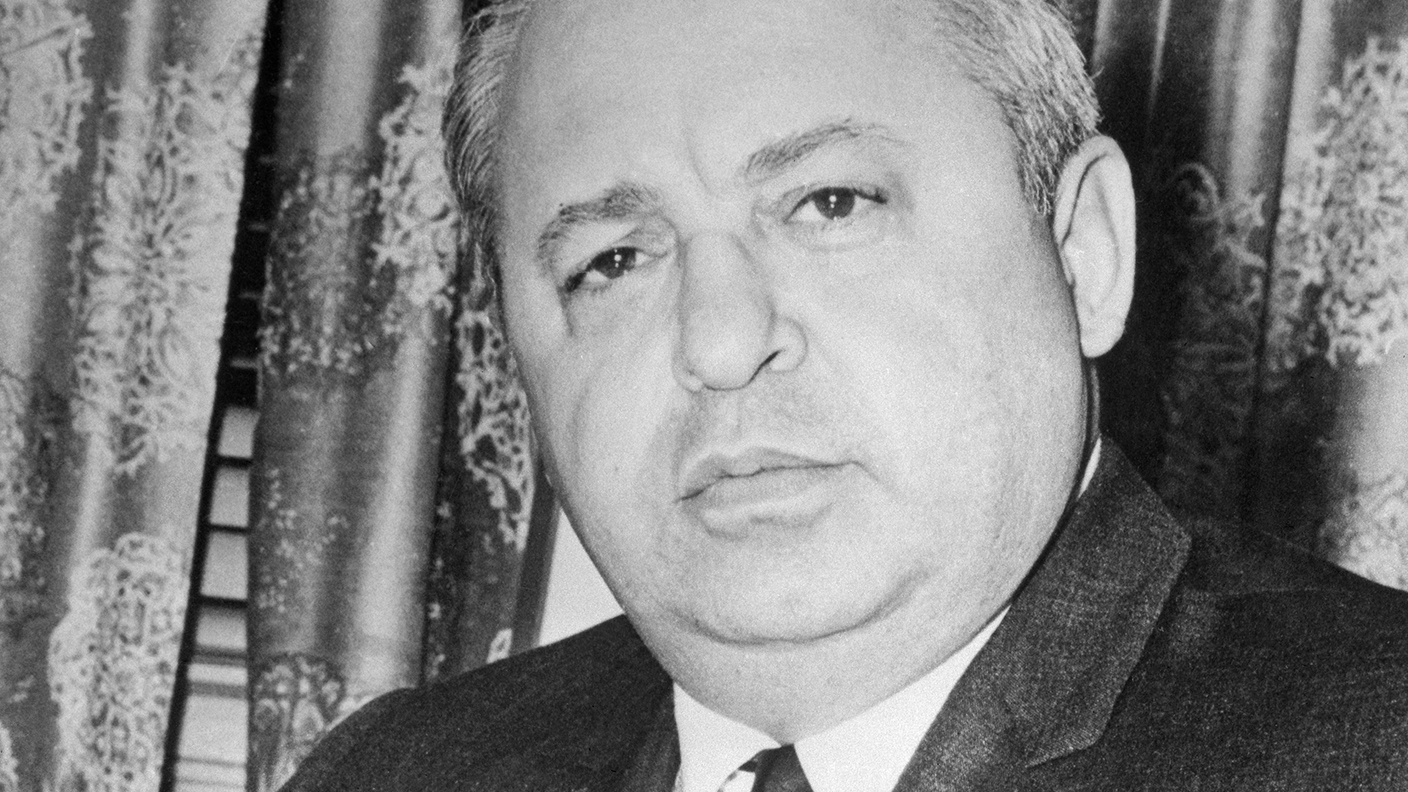Great frauds in history: Stanley Goldblum
Stanley Goldblum's insurance fraud cost investors $300m and reinsurance companies $1.8bn


American insurance salesman Gordon McCormick set up Equity Funding Corporation of America (EFCA) in 1960. The idea was that people would buy a mutual fund and then borrow against the fund to pay the premiums of the life-insurance policy. Provided the mutual fund's returns outperformed the interest payments on the loan, people would be protected in the event of death and have money left over. Six months after EFCA was set up McCormick was removed in a boardroom coup, leaving Stanley Goldblum (pictured) in charge. In 1964 EFCA was floated on the stock exchange.
What was the scam?
Initially, EFCA started exaggerating revenues to attract new investors. When it began acquiring insurance companies of its own, it also started to sell fictitious policies to reinsurers (companies that buy insurance policies from insurers). This gave EFCA a large revenue boost, but meant it had to pay the reinsurers hefty annual premiums. At first it covered the costs of this by selling on more fake policies (turning it into a de facto Ponzi scheme). Later it started pretending the subjects of the policies had died to save on future premiums and pocket the death benefits.
What happened next?
In March 1973 Ron Secrist, a former EFCA executive, contacted Ray Dirks, a well-known insurance stock analyst, as well as the New York insurance commissioner. Dirks interviewed EFCA's management and, unconvinced by their depiction of Secrist as a disgruntled ex-employee, went to the Securities and Exchange Commission (SEC), though not before advising his clients to dump their EFCA shares. After learning about the fraud, the SEC suspended trading in EFCA shares. The company was formally placed under court supervision in April 1973, and a $100m discrepancy between reported and actual assets was discovered.
MoneyWeek
Subscribe to MoneyWeek today and get your first six magazine issues absolutely FREE

Sign up to Money Morning
Don't miss the latest investment and personal finances news, market analysis, plus money-saving tips with our free twice-daily newsletter
Don't miss the latest investment and personal finances news, market analysis, plus money-saving tips with our free twice-daily newsletter
Lessons for investors
Goldblum was sentenced to eight years in prison for fraud (he served four) and EFCA's auditors were forced to pay $44m in compensation. Investors were wiped out (losing an estimated $300m) and the reinsurance companies were left holding $1.8bn in losses. The whole EFCA debacle demonstrates that investors should never solely rely on auditors they cannot be relied upon to uncover fraud.
Get the latest financial news, insights and expert analysis from our award-winning MoneyWeek team, to help you understand what really matters when it comes to your finances.

-
 Boost for over 100,000 families on Child Benefit as new HMRC payment system rolled out
Boost for over 100,000 families on Child Benefit as new HMRC payment system rolled outThousands of households will no longer have to pay the dreaded High Income Child Benefit Charge through self-assessment
-
 Are you being haunted by the ghost of Christmas past? How festive cutbacks could boost your long-term wealth
Are you being haunted by the ghost of Christmas past? How festive cutbacks could boost your long-term wealthThe average family spends around £1,000 over the Christmas season. Here’s how much you could have gained if you had invested some of the money instead.
-
Christopher Columbus Wilson: the spiv who cashed in on new-fangled radios
Profiles Christopher Columbus Wilson gave radios away to drum up business in his United Wireless Telegraph Company. The company went bankrupt and Wilson was convicted of fraud.
-
 Great frauds in history: Philip Arnold’s big diamond hoax
Great frauds in history: Philip Arnold’s big diamond hoaxProfiles Philip Arnold and his cousin John Slack lured investors into their mining company by claiming to have discovered large deposit of diamonds. There were no diamonds.
-
Great frauds in history: John MacGregor’s dodgy loans
Profiles When the Royal British Bank fell on hard times, founder John MacGregor started falsifying the accounts and paying dividends out of capital. The bank finally collapsed with liabilities of £539,131
-
Great frauds in history: the Independent West Middlesex Fire and Life Assurance Company's early Ponzi scheme
Profiles The Independent West Middlesex Fire and Life Assurance Company (IWM) offered annuities and life insurance policies at rates that proved too good to be true – thousands of policyholders who had handed over large sums were left with nothing.
-
 Great frauds in history: Alan Bond’s debt-fuelled empire
Great frauds in history: Alan Bond’s debt-fuelled empireProfiles Alan Bond built an empire that encompassed brewing, mining, television on unsustainable amounts of debt, which led to his downfall and imprisonment.
-
 Great frauds in history: Martin Grass’s debt binge
Great frauds in history: Martin Grass’s debt bingeProfiles AS CEO of pharmacy chain Rite Aid. Martin Grass borrowed heavily to fund a string of acquisitions, then cooked the books to manage the debt, inflating profits by $1.6bn.
-
 Great frauds in history: Tino De Angelis’ salad-oil scam
Great frauds in history: Tino De Angelis’ salad-oil scamProfiles Anthony “Tino” De Angelis decided to corner the market in soybean oil and borrowed large amounts of money secured against the salad oil in his company’s storage tanks. Salad oil that turned out to be water.
-
 Great frauds in history: Gerard Lee Bevan’s dangerous debts
Great frauds in history: Gerard Lee Bevan’s dangerous debtsProfiles Gerard Lee Bevan bankrupted a stockbroker and an insurer, wiping out shareholders and partners alike.